The Gran Canaria Wine Route, in search of something extraordinary
Gran Canaria has been able to bottle its essence. Each of its wines is a reflection of its varied landscape, its extensive varietal heritage, its history and the strong commitment to produce high quality wines that allow us to taste the flavours of the island sip by sip. The Spanish Association of Wine Cities (Acevin), in recognition of the island’s unique winegrowing characteristics, has awarded the first, and so far only, wine route certification in the Canary Islands and outside mainland Spain to the Gran Canaria Wine Route.
Gran Canaria, just like grape vines, has deep roots. This Wine Route invites you to embark on a journey through the landscapes and ways of life of inland Gran Canaria, thanks to the 52 establishments and businesses that have initially joined this initiative. The list includes wineries, restaurants, wine cellars, estates, cheese factories, tourist guides, and travel and tourism intermediaries, not to mention the traditional bochinches, an evocative word that brings us to those small family-run establishments, where wine combines with traditional food, small breaks and social gatherings.
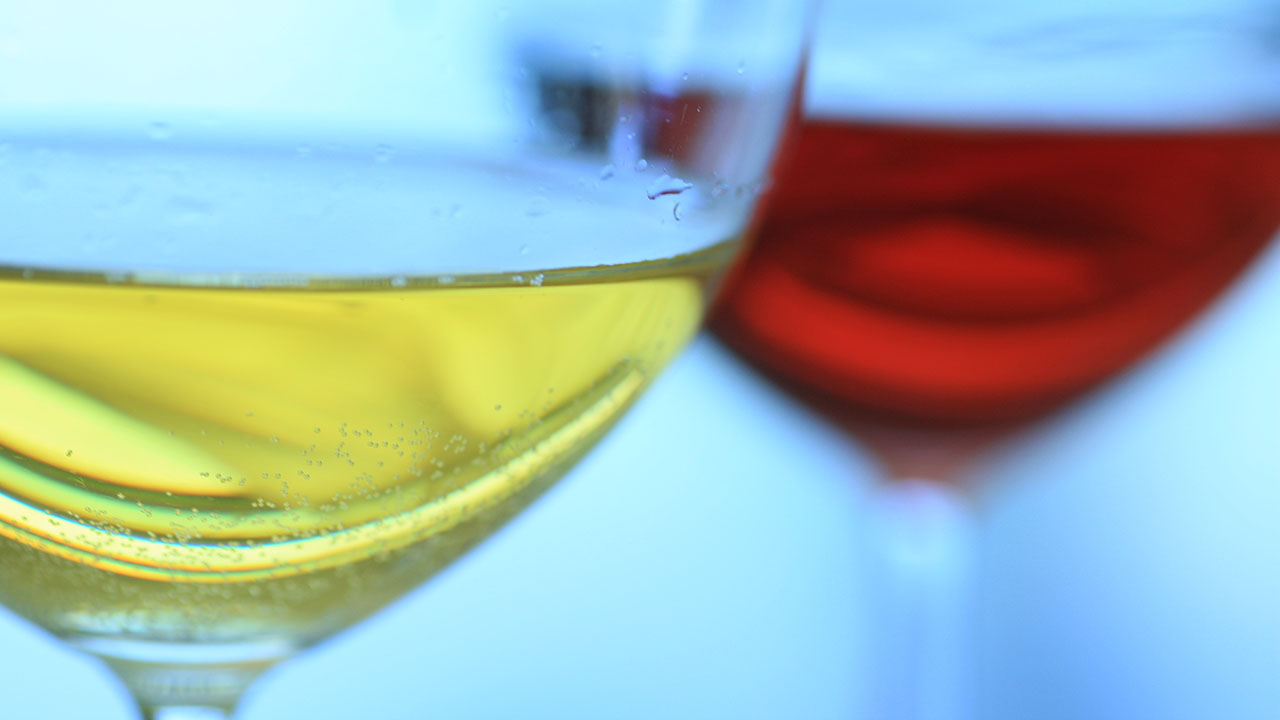
The Gran Canaria Wine Route pours a whole assemblage of aromas, colours, sparkles, and nuances. “The island produces unique and exclusive wines”, says Alvaro Gonzalez, the manager behind this project which represents the commitment made to the primary sector, the enological diversity, and the conservation of landscapes and the rural environment.
In fact, the certification of this route has crystallised after a three-year process and a demanding audit which had to be completed before Gran Canaria was included in the select club of Wine Routes in Spain, a label which offers a reference point for wine tourism, backed up by the Ministry of Agriculture, Fisheries and Food and the Secretary of State for Tourism. The proposed route covers the whole territory of the island, aso it also includes the protected designation of origin and production area of Gran Canaria.
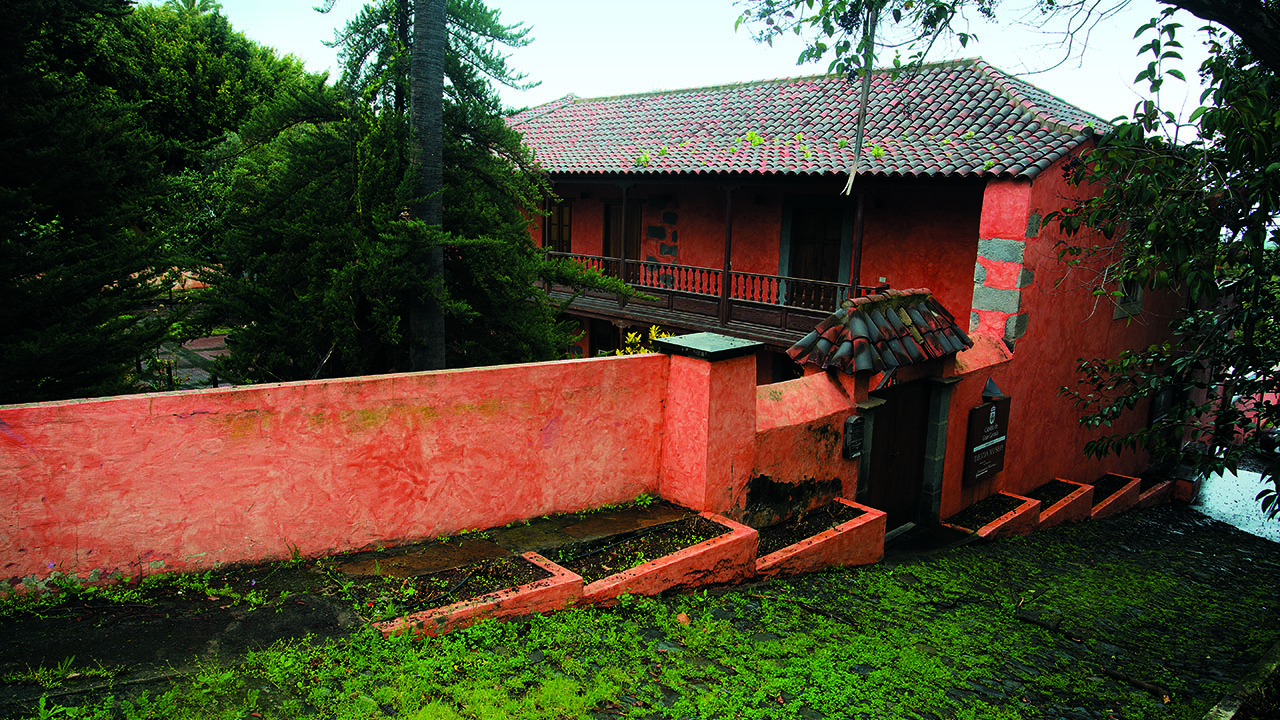
The wines from Gran Canaria are different because Gran Canaria is different. To begin with, the island is home to nearly forty different grape varieties, while most of the designations of origin from mainland Spain have around ten. A small estate on the island can hold more than eight different types of grapes, which must be harvested at different times, because each variety has its own ripening time.
Moreover, Gran Canaria is one of the last bastions of centuries-old grape varieties which disappeared from European soil after the phylloxera outbreak. All these species coexist with others which have evolved in isolation for centuries, while becoming adapted to the island territory. This has resulted in unique grape vines - close to the 24 local varieties that make up the Gran Canaria PDO-, which, in some cases, are at risk of extinction. Therefore, initiatives such as the Gran Canaria Wine Route are also a lifeline for these oenological treasures, true time travellers anchored in this Atlantic territory.
The peculiar features of the land and climate of Gran Canaria complete this unique potion. There are vineyards on the island which sit between 78 and 1,450 metres above sea level. There are also identical vine varieties whose grapes acquire different nuances and give different notes to the wines depending on their altitude or orientation.
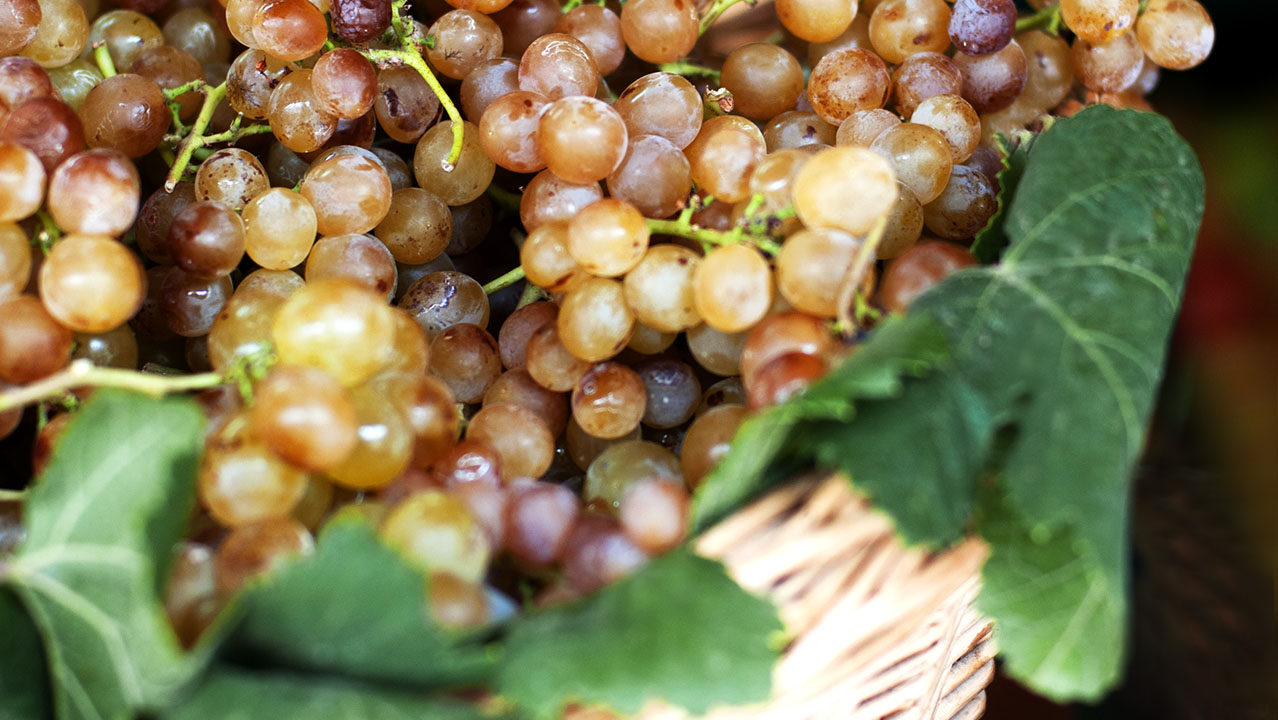
Every sip is like drinking the sun, the ravines and the volcanoes, and sometimes also the mists of the northern midlands, the salty sea air and, always and invariably, the hard work and determination of the people who pamper each vine shoot, as if taking care of a baby, of the workers who bend down at the foot of the vines each harvest and deliver the grapes so that the wineries can complete this ritual, where nature and culture merge.
The resulting elixir is the fruit of hundreds of small gestures, dawns and dews, in a symphony played by grapes, whose names sound fleshy, mythical and promising. Listan negro, Marmajuelo, Negramoll, Breval, Tintilla, Gual, Verdello, Vijariego, Malvasia volcanica, Muscat of Alexandria... They sound like names from a fairy tale, where the last page will be written by the person who dips their lips in the wine.
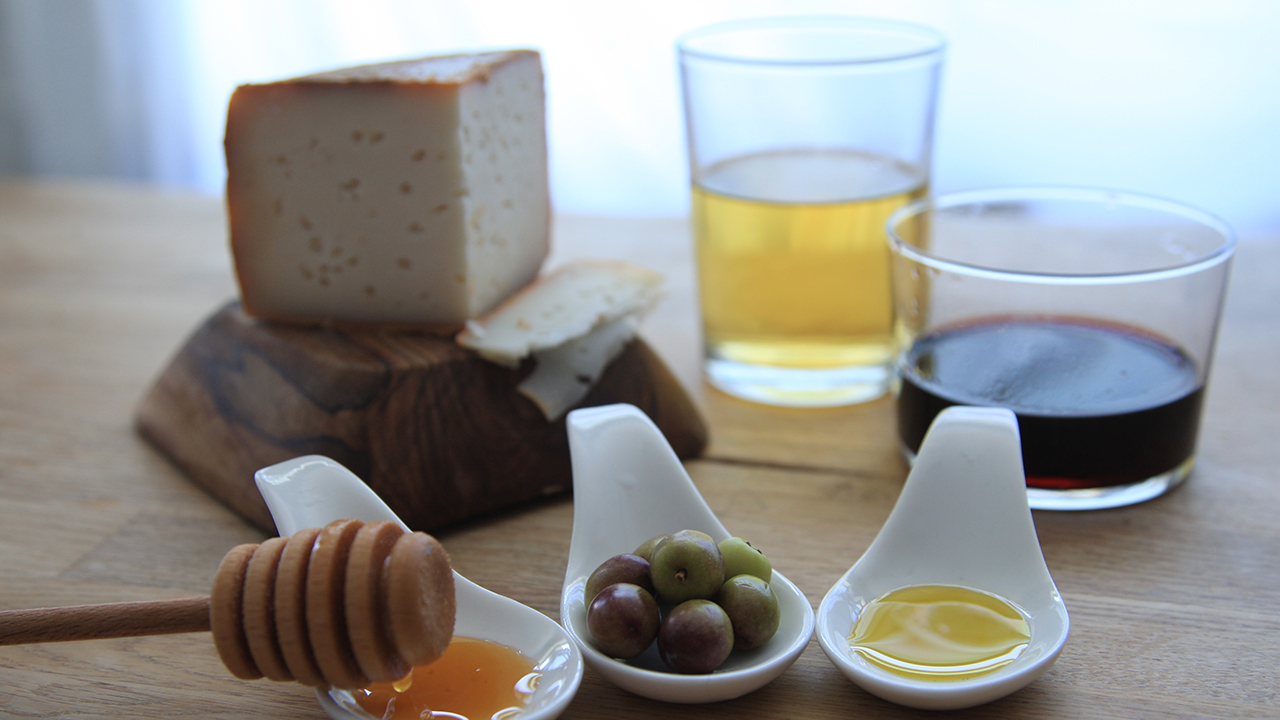
Actually, drinking a glass of Gran Canaria wine is like drinking all its varied landscapes. The founding partners of the Wine Route, namely the Regulatory Council of the Protected Designation of Origin of Gran Canaria Wines, Vinigran, the Island Association for Rural Development of Gran Canaria (Aider), Activa Canarias and Gran Canaria Natural & Active, -the official brand of the Tourist Board of Gran Canaria-, already knew all this well.
The island Council is acting as a protective partner through the Regional Department of Primary Industries and Food Sovereignty and the Society for the Economic Promotion of Gran Canaria in this collective effort that has allowed us to toast to a happy ending. With a glass of wine from Gran Canaria, of course.

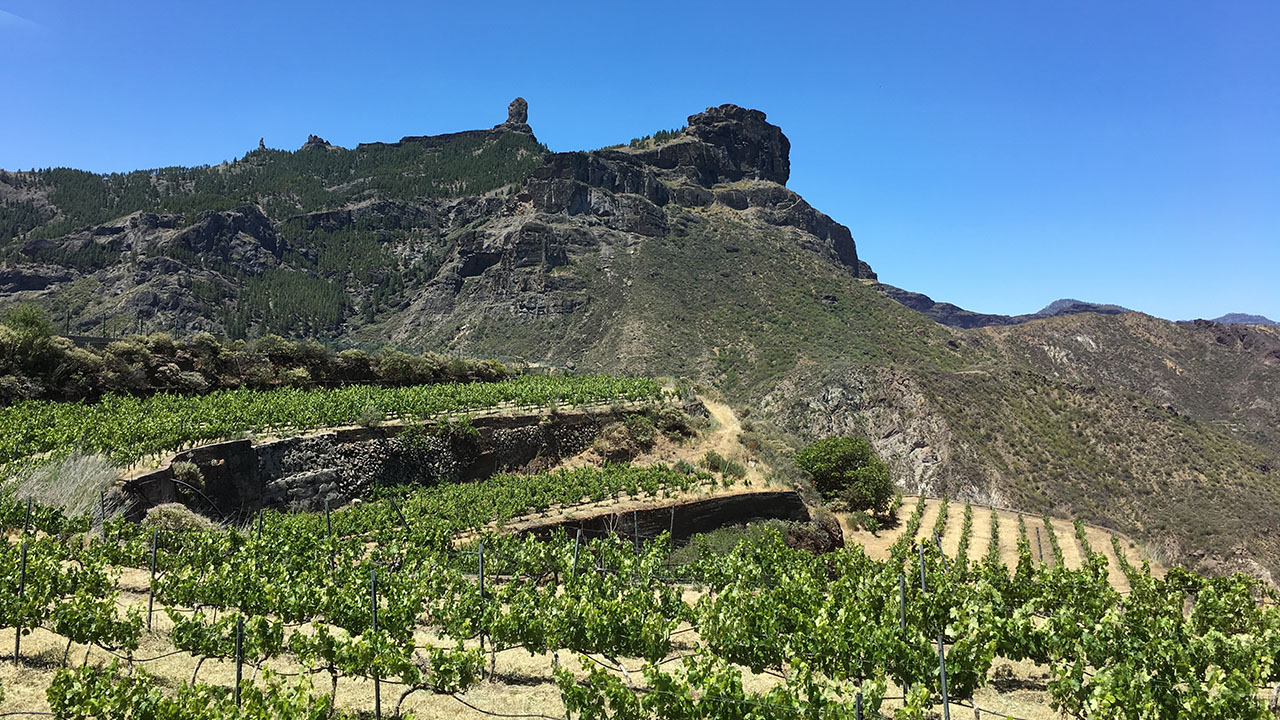
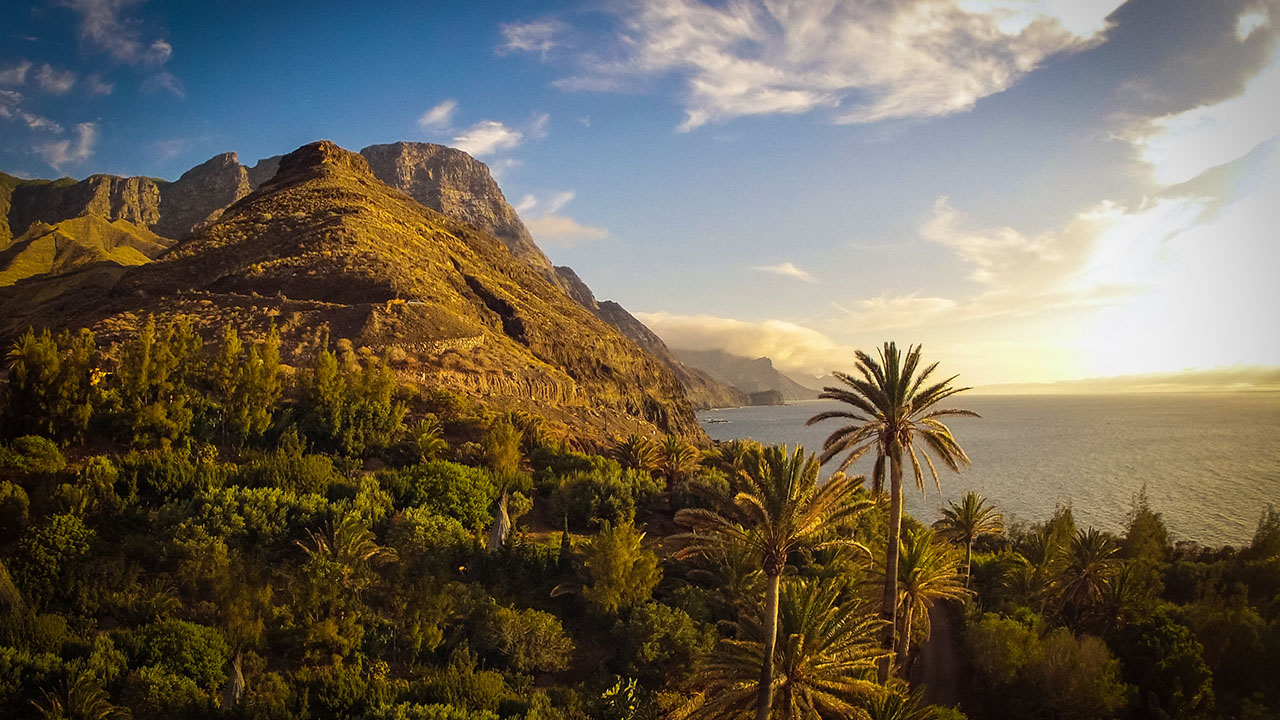

Comments are disabled for this post.